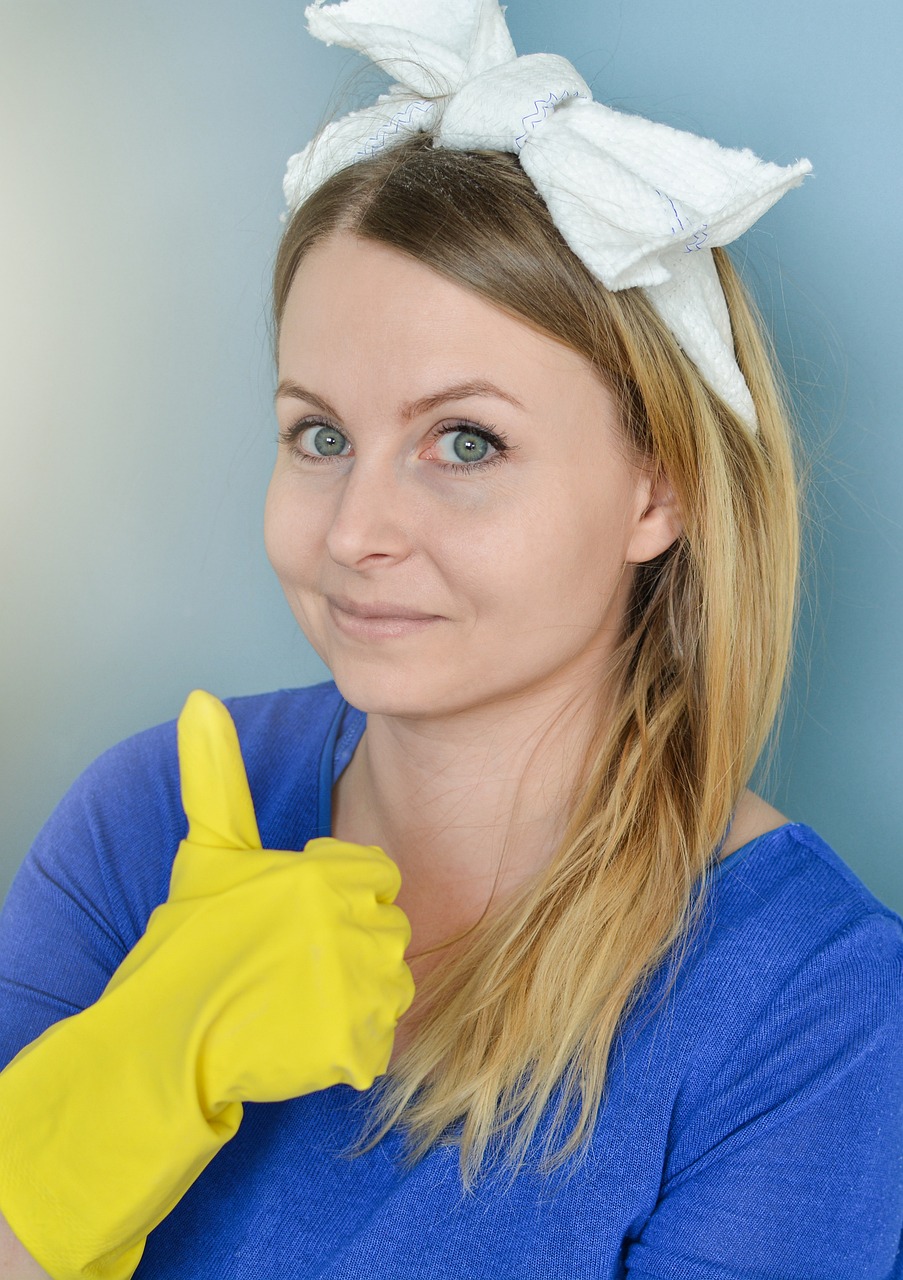
Cleaning and Removing Stains from Wine Cabinet Interiors
Wine cabinets are a beautiful and functional way to store your wine collection, ensuring each bottle is kept at the right temperature and humidity. However, like any piece of furniture, wine cabinets can accumulate dirt, dust, and stains over time. Spills from bottles, smudges from handling, or even humidity-related issues can result in unsightly stains on the interior. Regular cleaning and maintenance are essential to keep the cabinet looking and functioning at its best.
In this article, we will explore a step-by-step guide on how to clean and remove stains from wine cabinet interiors. You’ll also learn about the types of stains that can appear, preventive measures, and the right cleaning products and techniques to use without damaging your wine cabinet.
Why Cleaning Your Wine Cabinet Matters
Before diving into the cleaning process, it’s important to understand why cleaning your wine cabinet is so essential.
- Preserve Wine Quality: Dust, mold, or grime inside the cabinet can compromise the internal environment, potentially affecting the quality of your stored wine.
- Aesthetic Appeal: A clean wine cabinet enhances the beauty of your living space, allowing the cabinet to maintain its polished, elegant look.
- Prevent Stains and Odors: If spills are left untreated, they can stain the cabinet’s interior and create unwanted odors, potentially impacting the wine stored inside.
- Extend the Life of Your Wine Cabinet: Regular cleaning and maintenance prevent wear and tear, ensuring your wine cabinet lasts for many years.
Now, let's get into the detailed steps to clean and remove stains from your wine cabinet’s interior.
Materials Needed for Cleaning
Before you start, gather the necessary supplies to clean your wine cabinet thoroughly. Having the right tools and materials will make the process smoother and ensure that you do not damage the interior surfaces of the cabinet.
- Soft microfiber cloths: Ideal for wiping down delicate surfaces without scratching.
- Mild dish soap: A gentle cleaner that works well on most interior surfaces.
- White vinegar: A natural disinfectant and deodorizer.
- Baking soda: Useful for removing stubborn stains and absorbing odors.
- Distilled water: Prevents mineral deposits from tap water when cleaning.
- Cotton swabs or soft-bristle brush: For reaching tight spaces or corners.
- Non-abrasive sponge: For scrubbing tougher stains without damaging the cabinet.
- Plastic scraper: Helps gently lift dried or stuck-on residue without scratching surfaces.
- Vacuum cleaner with brush attachment: To remove dust and debris from inside the cabinet.
- Wood or metal polish: Depending on your cabinet’s interior, you may need a suitable polish to restore the shine after cleaning.
Step-by-Step Guide to Cleaning Your Wine Cabinet
Step 1: Empty the Wine Cabinet
The first step in cleaning your wine cabinet is to empty it completely. Remove all bottles of wine, as well as any removable racks or shelves inside the cabinet. Place the bottles in a cool, dark place temporarily to ensure they remain at a stable temperature during the cleaning process.
Step 2: Vacuum the Interior
Before you begin wiping surfaces, it’s a good idea to use a vacuum cleaner with a brush attachment to remove any dust, crumbs, or debris that may have accumulated in the cabinet. Pay attention to corners, crevices, and under the shelves where dust often collects. This will make it easier to clean the surfaces later and prevent spreading dust while wiping.
Step 3: Wipe Down the Surfaces with a Mild Cleaner
Mix a solution of mild dish soap and distilled water in a small bucket or bowl. Dip a soft microfiber cloth into the solution, wring it out, and gently wipe down the entire interior of the wine cabinet, including the walls, shelves, and door. Make sure to clean around the seals of the door as well, as these areas can collect grime.
- For wooden interiors: Avoid using excessive water. Use a damp, not wet, cloth to avoid damaging the wood.
- For metal interiors: Be sure to dry the surfaces quickly with a clean, dry cloth to prevent rusting or corrosion.
Step 4: Address Stubborn Stains
Now that the interior is clean, it's time to tackle any stubborn stains. Common stains in wine cabinets include wine spills, sticky residues, and mold or mildew spots caused by humidity. Here’s how to deal with each type of stain:
1. Wine Stains
Wine spills can leave deep stains if not cleaned quickly. If the stain has dried or become set into the surface, here's how to remove it:
- For fresh stains: Blot the spill with a soft cloth or paper towel to absorb as much liquid as possible. Avoid rubbing, as this can spread the stain.
- For dried stains: Make a paste using baking soda and a small amount of water. Apply the paste to the stained area and gently rub with a non-abrasive sponge. Let the paste sit for 10-15 minutes, then wipe clean with a damp cloth.
2. Sticky Residue
Sometimes, bottles can leak or leave a sticky residue behind. Here's how to clean it:
- Mix equal parts white vinegar and distilled water in a spray bottle.
- Spray the sticky area and let it sit for a few minutes to loosen the residue.
- Use a non-abrasive sponge to scrub the area gently, and wipe it clean with a damp cloth.
3. Mold or Mildew
If you notice mold or mildew inside your wine cabinet due to excess moisture or poor ventilation, it’s important to clean it right away:
- Mix one part white vinegar with two parts distilled water in a spray bottle.
- Spray the affected areas and let the solution sit for 10-15 minutes.
- Use a soft cloth or sponge to scrub the mold or mildew off the surface.
- Dry the area thoroughly with a clean cloth to prevent further mold growth.
Step 5: Clean Removable Racks and Shelves
If your wine cabinet has removable racks or shelves, now is the time to clean them. Depending on the material, you can use different cleaning methods:
- For metal racks: Wipe them down with a damp cloth using the mild soap solution. If there are any tough stains or residue, use a non-abrasive sponge to scrub them off.
- For wooden racks: Use a damp cloth to gently clean the surface. Avoid soaking the wood with water, as it can cause damage or warping.
After cleaning, allow the racks or shelves to dry completely before placing them back in the cabinet.
Step 6: Polish and Protect the Interior
Once the cleaning is complete, consider using a polish or protective solution suitable for the interior material of your wine cabinet. This step is especially important if your cabinet has wood or metal interiors.
- For wooden interiors: Apply a wood polish or conditioner to restore shine and protect the wood from drying out.
- For metal interiors: Use a metal polish to prevent rust and keep the surface looking new.
Step 7: Reassemble and Restock the Cabinet
Once everything is dry and polished, reassemble the cabinet by placing the racks or shelves back in their positions. After the cabinet is completely dry and clean, you can return your wine bottles to their spots, ensuring they are organized for easy access.
Preventing Future Stains and Odors
Regular maintenance and preventive measures can help keep your wine cabinet in pristine condition and reduce the risk of stains, odors, and other issues. Here are some helpful tips:
1. Wipe Spills Immediately
As soon as you notice a spill or leak inside your wine cabinet, clean it up immediately. This prevents the liquid from soaking into surfaces and causing stains or odors.
2. Use Drip-Free Pourers
Consider using drip-free pourers on your wine bottles to avoid spills when handling and replacing bottles in the cabinet.
3. Monitor Humidity Levels
Humidity is crucial for keeping corks moist but too much humidity can cause mold or mildew growth inside your cabinet. Aim for a humidity level of 60-70% and use a hygrometer to monitor the cabinet’s internal humidity.
4. Keep the Cabinet Ventilated
Make sure your wine cabinet has proper ventilation to avoid excess moisture buildup, which can lead to mold growth. If your cabinet is in a humid area, consider using a small dehumidifier to maintain optimal conditions.
5. Clean Regularly
Regularly cleaning the interior of your wine cabinet—at least every six months—will prevent grime and stains from accumulating and help maintain the quality of your wine collection.
Conclusion
A well-maintained wine cabinet not only ensures that your wine is stored in optimal conditions but also adds aesthetic value to your home. By following the steps outlined in this guide, you can easily clean and remove stains from your wine cabinet interior, keeping it in perfect shape for years to come. Regular cleaning, combined with preventive measures, will protect your investment in both your wine collection and your wine cabinet.
